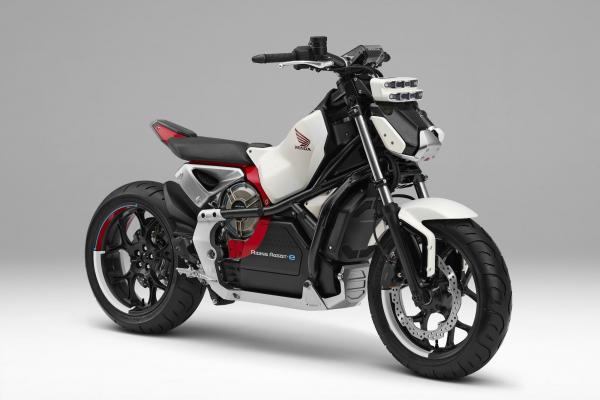
FEW concept bikes make the sort of mainstream splash that Honda achieved earlier this year with its Riding Assist Concept. It wasn’t jaw-droppingly powerful or stunningly beautiful, just an NC750-based idea for a future commuter machine.
So why the interest from the non-motorcycle press? Because it had an almost magical self-balancing ability. Without gyroscopes or stabilisers, Honda just used a computer controlled system to make tiny steering adjustments, rather like a trials rider would. An adjustable headstock increased the bike’s rake, amplifying the side-to-side movement from these steering tweaks, making it easier to keep the bike’s centre of gravity directly above its contact patch.
Honda’s clever move of launching the Riding Assist at the Consumer Electronics Show (CES) in Las Vegas, rather than a motorcycle event, added to its mainstream impact.
Now, though, the firm is going to reveal a second Riding Assist concept, the Riding Assist-e. Again it’s using a mainstream event – the Tokyo Motor Show – rather than a pure motorcycle show as its platform.
The difference between the Riding Assist and the Riding Assist-e is a lower-case ‘e’ – and that, we all know, means it’s electric. Gone is the NC750 parallel twin of the original, and in its place come an electric motor and a large battery.
The battery is mounted low down, keeping the centre of gravity low, while the motor is above it. There’s a shaft drive system incorporated into a single-sided swingarm to transmit the power, but the frame still looks much like the NC750’s in its general layout.
There’s no concept-bike-clever front suspension design, not even any upside down forks or radial brake calipers. Apart from the slightly futuristic styling and, of course, the self-steering system, there’s nothing to the bike that looks too far from showroom-ready. Could Honda be dropping a hint that there’s an NC750-class electric mode in the pipeline?

